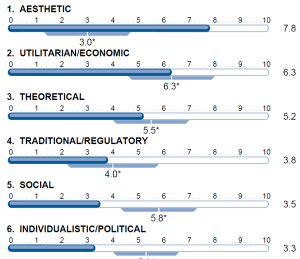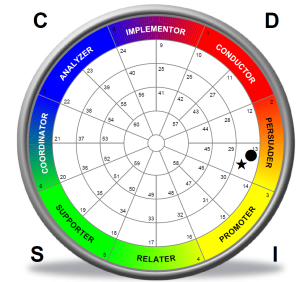 From the picture above, you can guess the answer. YOUR handshake will have a financial impact on YOU. Guaranteed. So it is very important. Do I have your attention? I hope so.
From the picture above, you can guess the answer. YOUR handshake will have a financial impact on YOU. Guaranteed. So it is very important. Do I have your attention? I hope so.
When I shake your hand, it’s neither too rugged, nor too tough; it’s solid. And even though I feel uncomfortable staring into a stranger’s eyes (it is a form of intimacy) I will look you in the eye as I shake your hand. My corporate clients, C-level people and managerial level decision makers who are involved in hiring and college recruiting tell me all the time, “The handshake tells me a lot.”
Everything starts with a handshake and you may be judged by your handshake in interviews, business meetings and day to day encounters, whether you like it our not and whether you know it or not! So, take heed, your handshake may define you.
Improve your handshake with these simple guidelines:
- Prepare to meet someone when possible by reflecting on who they are and what you know about them and their different roles (all of their roles like mother/father, son/daughter to an elderly parent, manager, executive, young recent grad representative of the company, etc.). Take a moment to consider their world, their day and their goals.
- Proactively reach out your hand to the person you are greeting.
- Look directly into the eyes of the person’s hand you are shaking – be bold, do not look away.
- Firmly grab the whole hand of the other person and squeeze firmly. Some people use the squeeze to make a statement and squeeze too hard. Squeezing too hard is WRONG and rude. But giving a limp handshake is uncomfortable (yuk!).
- Shake with firmness twice (it’s ok if the other person extends the shake).
- Smile if it is natural for you, but simultaneously nod or gesture with a clear and confident voice, i.e. “Good to meet you.” or “It’s a pleasure to meet you.” If you don’t have confidence or feel intimidated by the meeting, simply “fake it until you make it”.
- Keep eye contact until a mutual letting go.
- Always be sincere in showing your interest in the other person.
If you think your handshake does not matter, try bringing up the topic people in business. You might be surprised to discover how important or opinionated business leaders are about eye-contact and handshakes.
So how important is your handshake? A firm handshake coupled with solid eye-contact will have people warming up to you faster, while improving your professional career as it solidifies partnerships. According to David Hoare, an accounting systems and business consultant, “The number one tool for marketing is the handshake and a smile. It costs zero to extend the hand and use a few facial muscles. But the value it generates is priceless. Pretty much all business relationships begin this way. The handshake and smile is the most effective marketing tool available at all levels of business.”
MediaPlanet posted an article on the handshake where they stated, “A recent survey of more than 2,000 businessmen and women revealed that 47 percent of professionals believe they have lost a contract, client or job opportunity because they didn’t have enough face-to-face meetings.” This isn’t just true for the external hiring process, you’ll find this true when internal job opportunities become available too.
Forty-seven percent of professionals believe they have lost a contract, a client or job opportunity because they didn’t have enough face-to-face meetings.
When it comes to starting your career, being face-to-face lays the foundation for career growth. It’s where casual meeting, greeting and handing out business cards translate to hiring, building collaborative and supportive relationships and acquiring life-long mentors.
The digital world will continue to transform the ways we can stay connected, but those connections need more than a Wi-Fi signal and a webcam to come to life. If you are interviewing, and the company is trying to save costs by using webcam technology, volunteer to meet at their place of business if it is an extremely important opportunity. If the opportunity arises, simply say, “I was planning to be in [their city] that week anyway, I could easily extend my stay to meet in person if that works on your end.” The risk is that some jobs require the person to change their plans without much notice. The person may agree to meet in person and later find out they have to change their plans to accommodate the SVP or CEO’s schedule. The best way to view that risk is that the person you are planning to meet with will likely delegate the meeting to others so it isn’t likely to be a complete failure.
So shake those hands and be the master of meet and greet skills. Only your financial and career future are riding on it.
Carl Nielson is founder of Success Discoveries and creator of Career Coaching for Students™, a program for high schools, colleges, families and students. Carl is also managing principal of The Nielson Group, a national talent management consulting firm. View his LinkedIn profile here.












